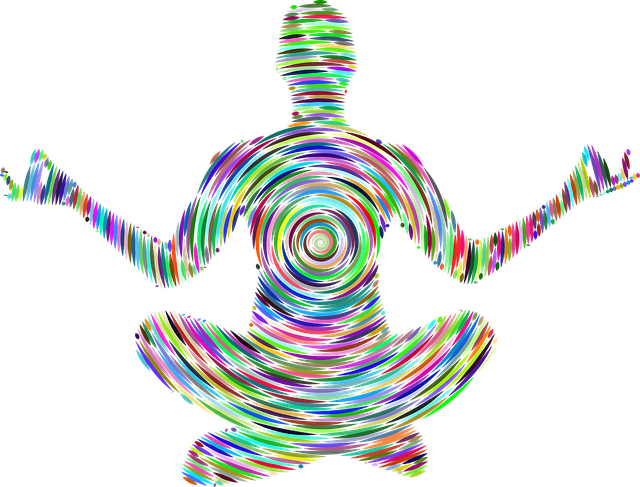Problems are not solutions in themselves
; they are the source of our courage, insight, and wisdom.
No textbook offers simple tips or guaranteed advice for learning how to solve problems. However, there are a number of techniques that can help one understand how to solve problems. For example, one can start by finding the cause of the problem within oneself. In many cases, you will not feel inclined to do this. However, if you do not do this, you will only be dealing with the consequences, not the root of the problem. We must remember that our own troubles may be affecting others. They will no doubt help you with appropriate self-reflection. Before you solve a problem, you need to take responsibility for it. You cannot get rid of a problem by declaring that it does not concern you. Often, unresolved problems arise because they are the cause of health problems,and the problem is not a problem of the individual, but of the community.
Nor will they ever go away on their own
because they are not the cause of the problem.
The ability to prioritize is one of the conditions for success in both personal and professional life. One must not tackle problems head-on. Every problem in life is a challenge. The more specific you think about what your life will look like after you solve a problem, the easier it will be to find a path to your goal. Victory is heralded by a good feelingsomewhere in your heart
.
Relief and joy will come. In a way, it is the effort to avoid the unpleasant anguish that final resolution brings that sometimes causes us to let problems fester. The result is usually a pile of problems and a sense of our own failure. Thus, we must remember that by avoiding and solving problems , we are also avoiding our own growth. One online magazine had an interesting article focusing on the negative health effects of unresolved problems. And that is a very difficult thing to do. It\’s a problem that needs to be addressed first!
